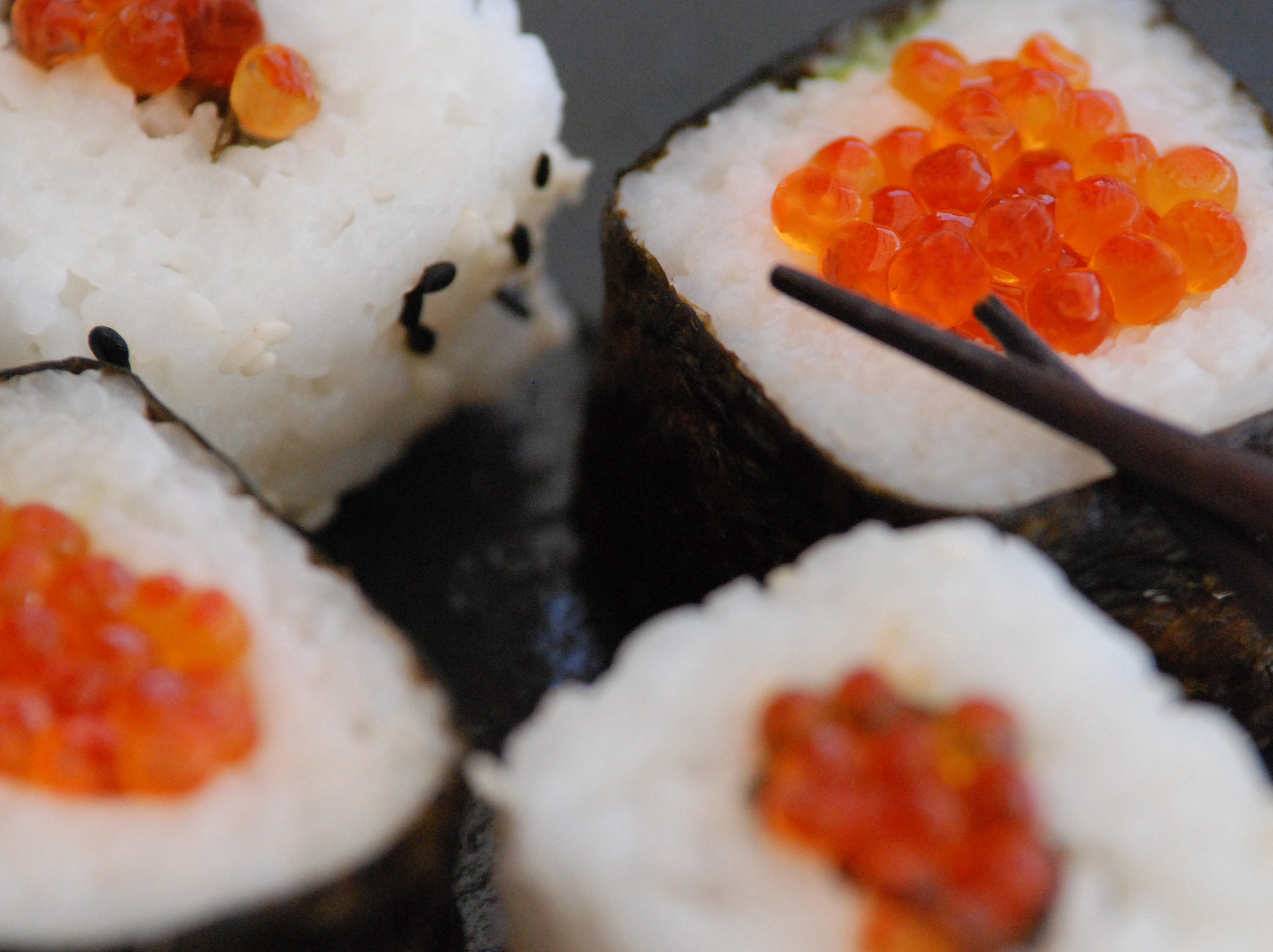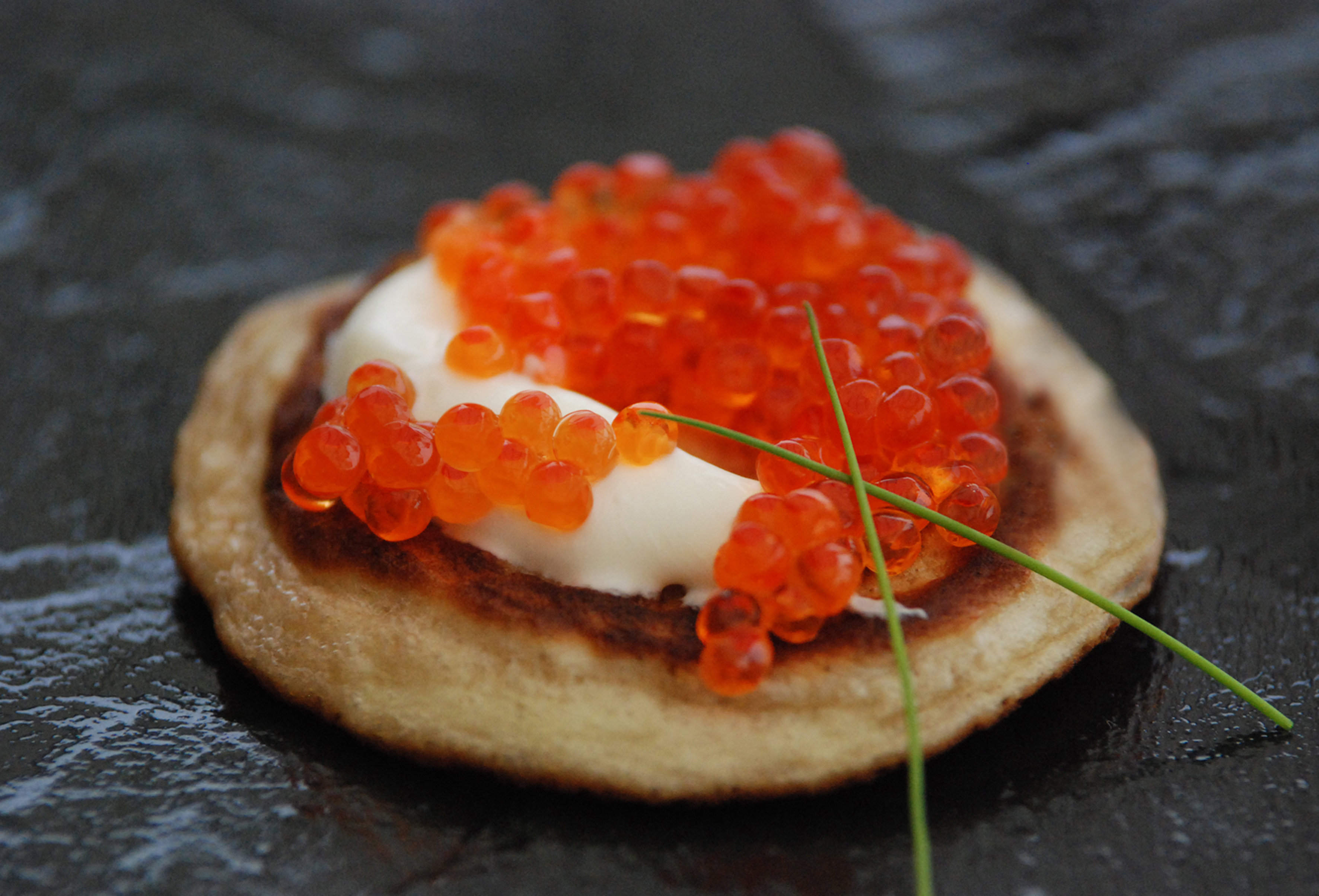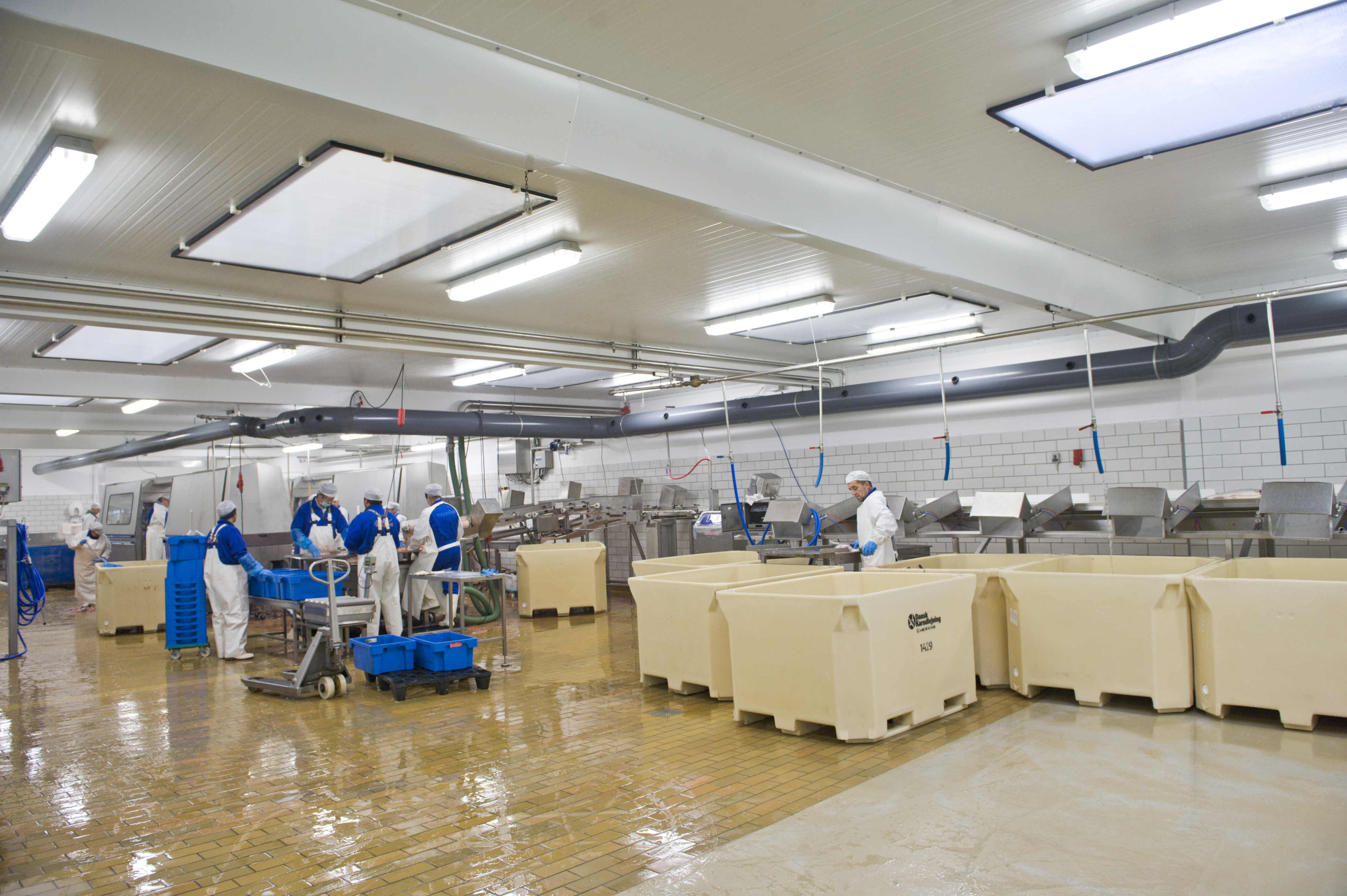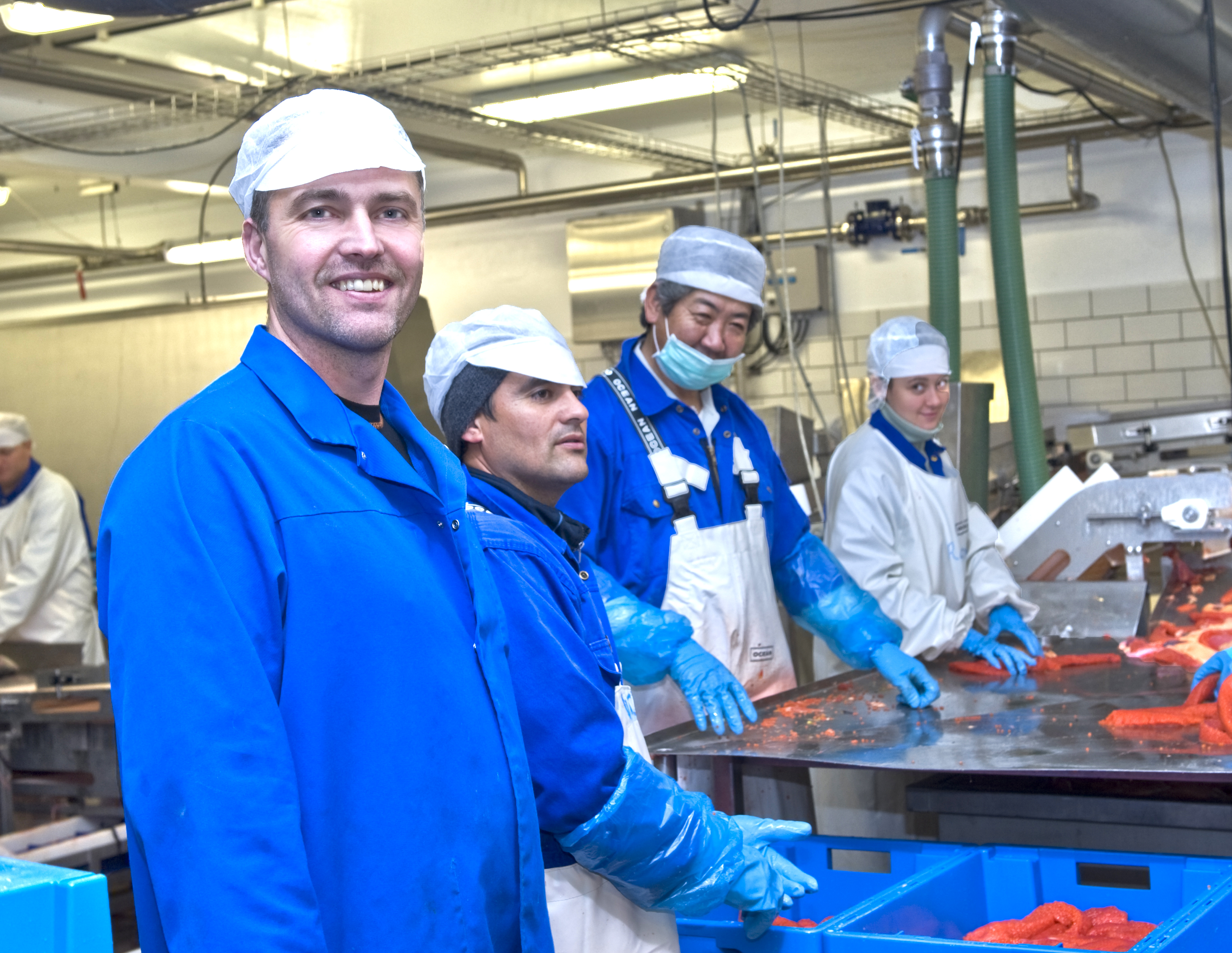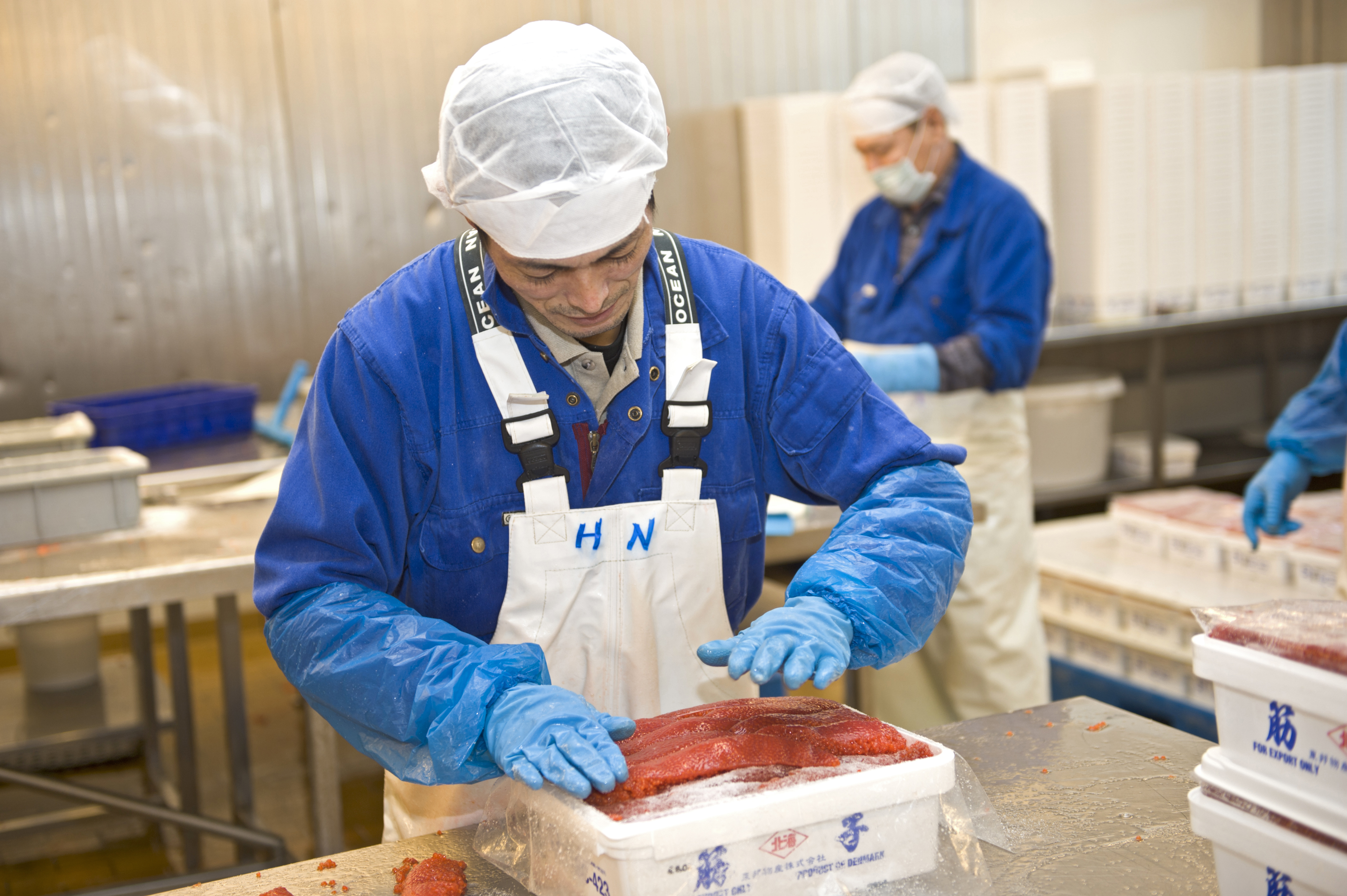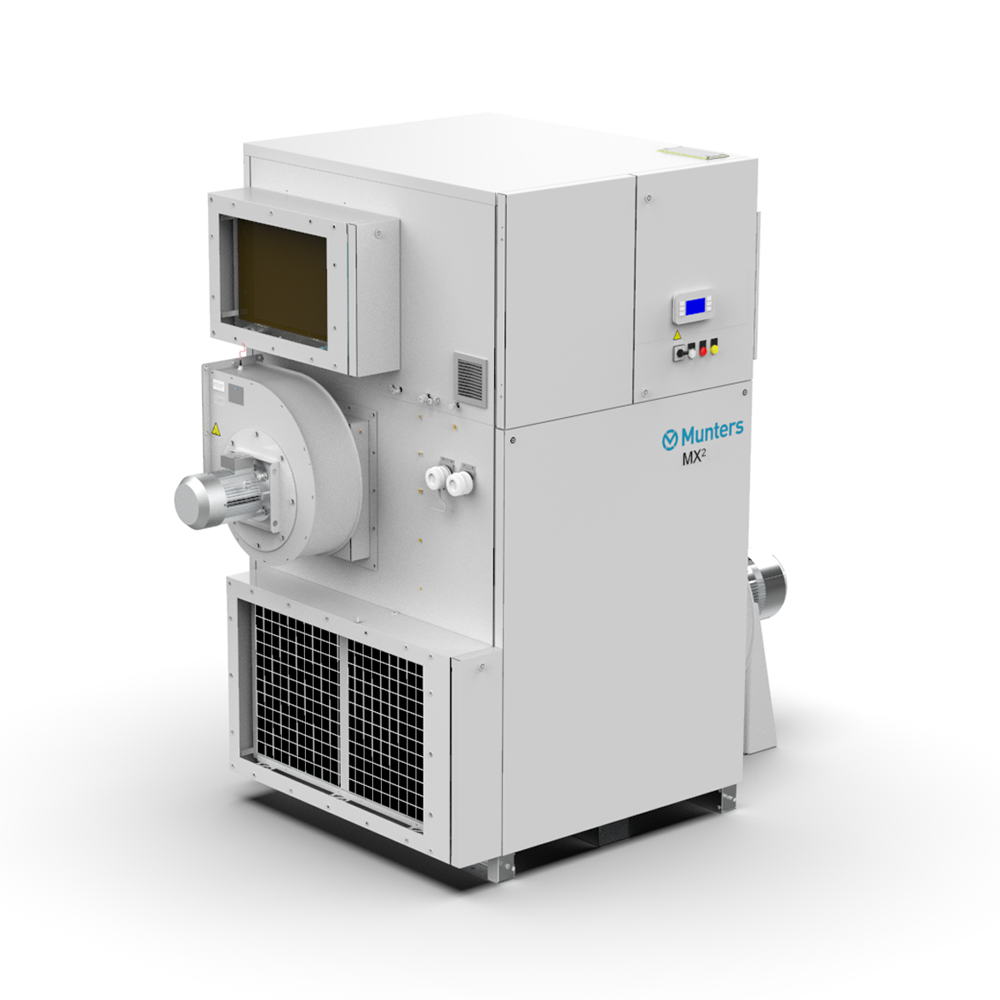The Danish company AquaPri A/S produces handpicked luxury seafood like eel, trout, trout roe and caviar. In its harvesting plant, a large part of the trout roe is processed as Sujiko for the Japanese market. Sujiko is a Northern Japanese speciality, only consumed around the Hokkaido peninsular. Dry air from the new Munters dehumidifier enables the Danish fishery to fulfil all of the strict demands and regulations from authorities.
Snabbfakta
- Eliminate condensation on ceilings
- Fulfil HACCP regulations
- Dry facility after cleaning
- Improve hygienic conditions
- Create healthy climate for employees
For proper Sujiko, Aquapri’s Japanese customer have their own specialists working in the Danish plant from November to January, which is the season for slaughtering. The roe is processed, salted, graded and packed especially for the Japanese market. AquaPri has 16 inland trout farms and 6 trout farms at sea. Most of the large trout from 3 kg up to 5 kg are farmed at sea off the coast of Denmark. In April of every year, the trout are transported from the inland trout farm out to the sea farm. In November or December, after 7 to 8 months at sea, the trout have tripled their weight and are ready for slaughtering. They are then carefully transported to the harvesting facility in large well boats. The production is also running in February and March for other products, but for the rest of the year the facilities are closed down.
Trying to fight condensation
A huge amount of water is used during processing, and the creation of condensation in the slaughtering facilities was a never-ending challenge. Manual cleaning of the ceiling was continuously done and this was still not sufficient to fulfil the strict HACCP regulations with regards to condensation control. AquaPri contacted Munters and a solution for eliminating the condensation problem was presented. Munters condensation control The Munters MX2 80 desiccant dehumidifier was installed with duct work for distribution of the dry air just beneath the ceiling. The dehumidifier works with a nominal airflow at 7,500 m3 per hour and a humidity sensor placed under the ceiling controls the unit to keep the relative humidity below 60%. In the short season of slaughtering, the factory runs in 2 shifts, and the cleaning of the facilities starts after the shifts are over. Prior to installation of the Munters dehumidification system, the drying after cleaning was incomplete and consequently the formation of condensation on the ceilings became a problem immediately after re-start of production at 6.30 am. Today, the dehumidifier is in operation from the moment cleaning is complete, and after just 1 to 1 ½ hours of operation the facilities are dry. Though the trout roe processing includes the use of large amounts of water, the MX2 80 dehumidifier prevents the critical condensation at the ceilings all through the two shifts. Plant Manager Mr Jens Paag appreciates the improved hygiene within the production facility, and so does the Japanese customer that imports more than 50% of the annual 400 tons of trout roe produced at AquaPri. HACCP regulations are fulfilled and, as a nice additional benefit, the employees experience a significant improvement of the indoor climate conditions. As the air is no longer very humid and misty, they feel much healthier and much more comfortable.
Applikationer i detta kundcase
Snabbfakta
- Eliminate condensation on ceilings
- Fulfil HACCP regulations
- Dry facility after cleaning
- Improve hygienic conditions
- Create healthy climate for employees
